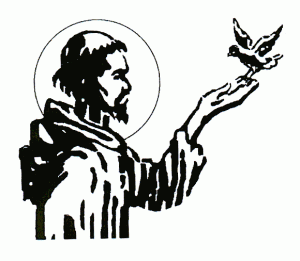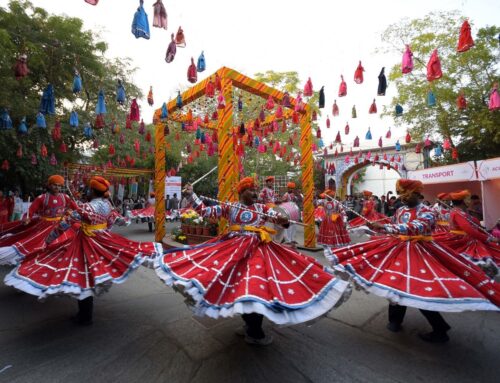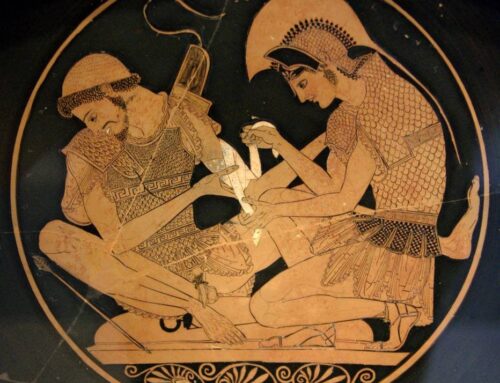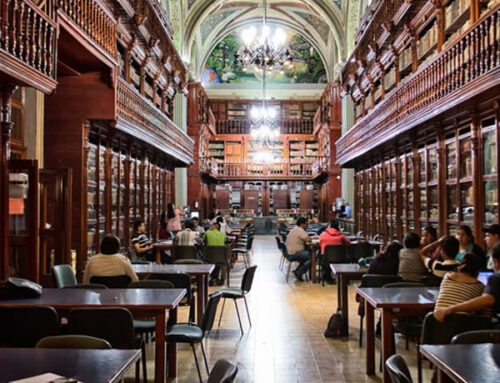 Francis of Assisi was born when the great upsurge of the medieval West at its height and in a region strongly influenced by this new movement.
Francis of Assisi was born when the great upsurge of the medieval West at its height and in a region strongly influenced by this new movement.
For modern historians, the first signs of this development were demographic and economic. From around the year 1000, unevenly in different regions, but steadily and sometimes dramatically – as in north and central Italy – the population increased, in fact doubled. All these people had to be fed, materially and spiritually.
Thus, at first, progress affected the countryside in a society where land was the basis of everything. The changes were above all quantitative and extensive: a great sweep of land clearances opened up new areas for cultivation; open spaces were created or enlarged within the forest mantle of Christendom. Solitude had to be sought further afield. Progress was also qualitative, but this barely influenced the rocky escarpments of Francis’s birthplace: in the plains, the wheeled and asymmetrical ploughshare replaced the shallower plough, the new system of yoking made it possible to replace the ox with the more powerful horse, new crops were introduced into the crop rotations that had become triennial, and the advance of cultivated grasslands led to the development of grazing. All this affected mountainous Umbria very little.
(Extracted from the book “Saint Francis of Assisi”, Jacques Le Goff)





Leave A Comment
You must be logged in to post a comment.